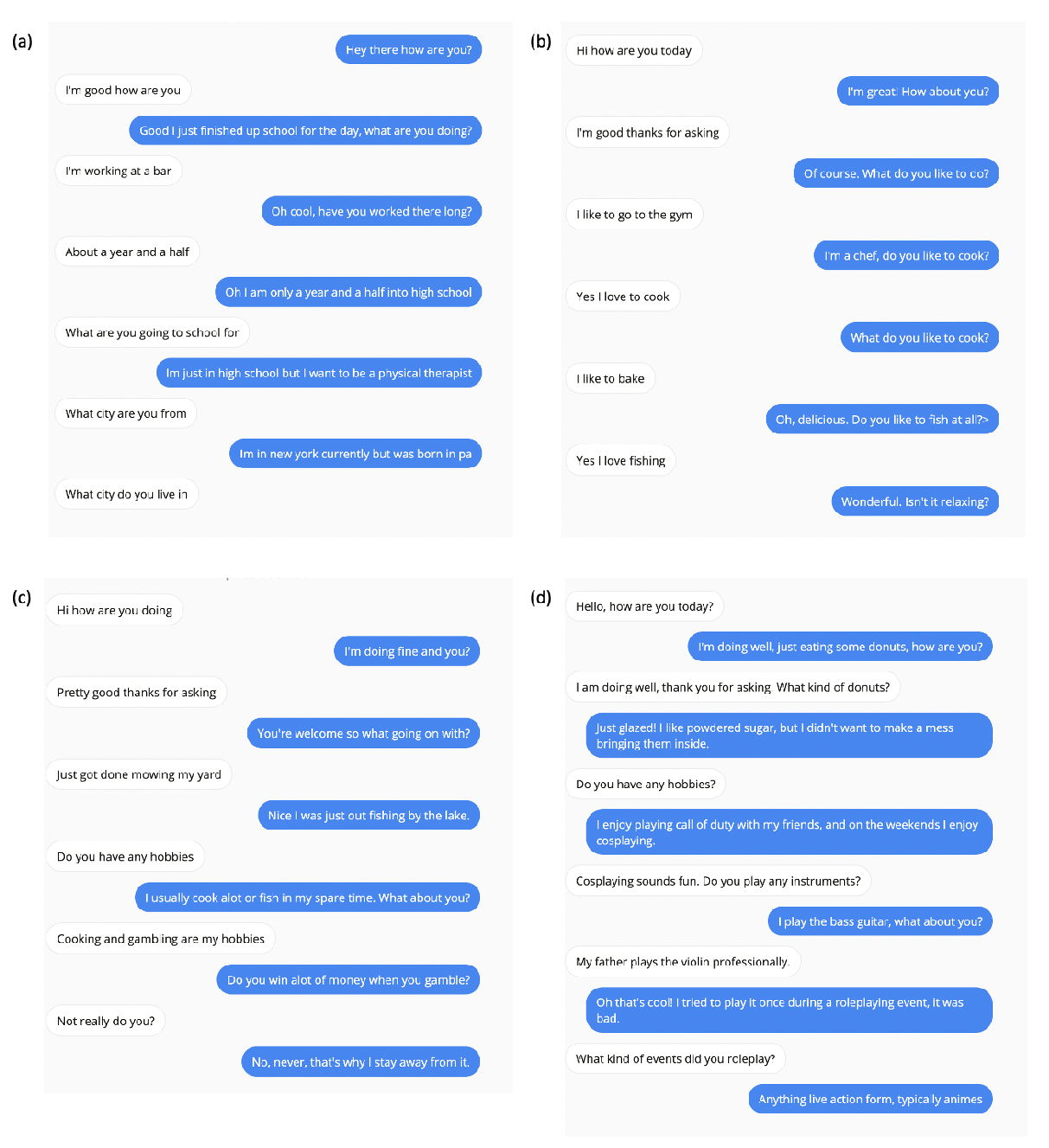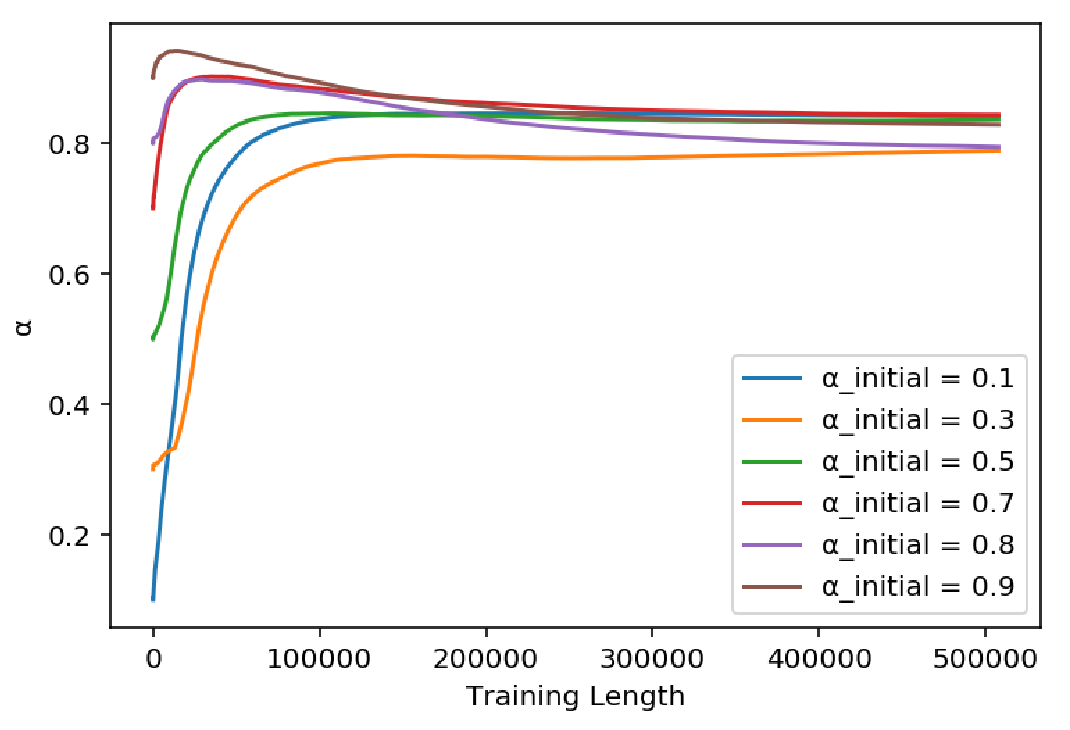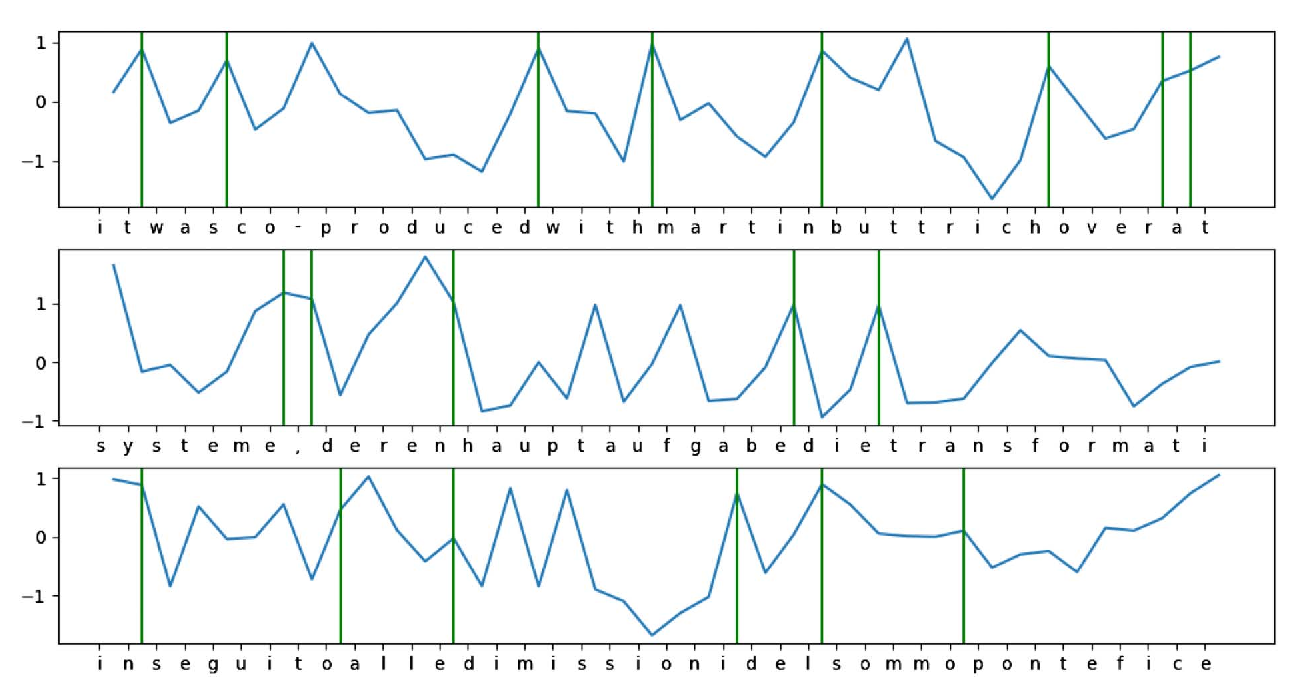A Formal Hierarchy of RNN Architectures
William Merrill, Gail Weiss, Yoav Goldberg, Roy Schwartz, Noah A. Smith, Eran Yahav
Theory and Formalism in NLP (Linguistic and Mathematical) Long Paper
Session 1A: Jul 6
(05:00-06:00 GMT)

Session 5A: Jul 6
(20:00-21:00 GMT)

Abstract:
We develop a formal hierarchy of the expressive capacity of RNN architectures. The hierarchy is based on two formal properties: space complexity, which measures the RNN's memory, and rational recurrence, defined as whether the recurrent update can be described by a weighted finite-state machine. We place several RNN variants within this hierarchy. For example, we prove the LSTM is not rational, which formally separates it from the related QRNN (Bradbury et al., 2016). We also show how these models' expressive capacity is expanded by stacking multiple layers or composing them with different pooling functions. Our results build on the theory of ``saturated" RNNs (Merrill, 2019). While formally extending these findings to unsaturated RNNs is left to future work, we hypothesize that the practical learnable capacity of unsaturated RNNs obeys a similar hierarchy. We provide empirical results to support this conjecture. Experimental findings from training unsaturated networks on formal languages support this conjecture.
You can open the
pre-recorded video
in a separate window.
NOTE: The SlidesLive video may display a random order of the authors.
The correct author list is shown at the top of this webpage.
Similar Papers
Don’t Say That! Making Inconsistent Dialogue Unlikely with Unlikelihood Training
Margaret Li, Stephen Roller, Ilia Kulikov, Sean Welleck, Y-Lan Boureau, Kyunghyun Cho, Jason Weston,

How much complexity does an RNN architecture need to learn syntax-sensitive dependencies?
Gantavya Bhatt, Hritik Bansal, Rishubh Singh, Sumeet Agarwal,


